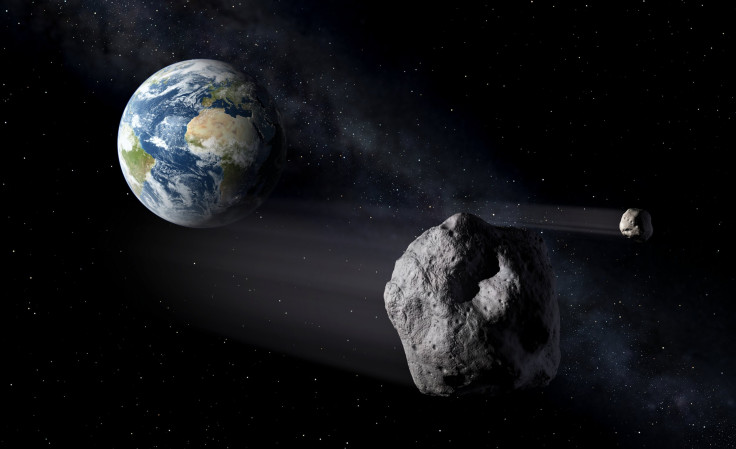NASA Spots Weird-Shaped Asteroid: 'One Of The Most Elongated We've Seen' [Photo]
KEY POINTS
- Asteroid 2011 AG5 safely flew past Earth earlier in February
- It is "extremely elongated"
- Scientists also determined other characteristics of the asteroid
A NASA radar observed an asteroid as it safely flew past the Earth earlier this month. It actually had a rather unique shape and was one of the "most elongated" asteroids ever seen.
The asteroid, dubbed 2011 AG5, was discovered back in 2011, NASA noted in a release. There was a lot of attention on the asteroid at the time as data revealed it had a "small chance of a future impact," said Paul Chodas, the director at NASA's Center for Near Earth Object Studies (CNEOS). Further observations however ruled this out.
Asteroid 2011 AG5 safely flew past the Earth on Feb. 3, cruising some 1.1 million miles (1.8 kilometers) away. It posed no threat to the planet, but the close pass provided scientists the perfect opportunity to have a much closer look at it.
Thanks to observations by the Goldstone Solar System Radar antenna dish at the Deep Space Network's facility, scientists found that 2011 AG5 actually has a rather odd shape — it's "extremely elongated." In fact, at 1,600 feet long and 500 feet wide, it's about the size of the Empire State Building, NASA noted.
"Of the 1,040 near-Earth objects observed by planetary radar to date, this is one of the most elongated we've seen," Lance Benner, principal scientist at NASA's Jet Propulsion Laboratory (JPL), said in the news release.
JPL shared photos of the asteroid on Twitter, showcasing the object's "unique dimensions."
An asteroid roughly the size of the Empire State Building! Scientists recently tracked one of the most elongated objects ever imaged by planetary radar and revealed its unique dimensions: 1,600 ft (500 meters) long and about 500 ft (150 meters) wide. https://t.co/DqhBSNTtzi pic.twitter.com/9x9gM7Qgpq
— NASA JPL (@NASAJPL) February 17, 2023
It also shared a collage of the radar observations on its website, noting it's "three times as long as it is wide" and that the observations were "invaluable."
Apart from revealing its size, the observations also helped understand the asteroid's other interesting characteristics. For instance, its darker and lighter regions suggest the possible presence of some surface features. The observations also confirmed it takes 2011 AG5 nine hours to complete a rotation.
After that close pass, however, it will be a while before we get to meet 2011 AG5 again.
"Asteroid 2011 AG5 orbits the Sun once every 621 days and won't have a very close encounter with Earth until 2040, when it will safely pass our planet at a distance of about 670,000 miles (1.1 million kilometers, or nearly three times the Earth-Moon distance)," NASA noted.
Those interested to follow 2011 AG5's journey until it makes its next close approach can do so using NASA's Eyes on Asteroids feature.
"(T)hese new ranging measurements by the planetary radar team will further refine exactly where it will be far into the future," Chodas said.

© Copyright IBTimes 2024. All rights reserved.












